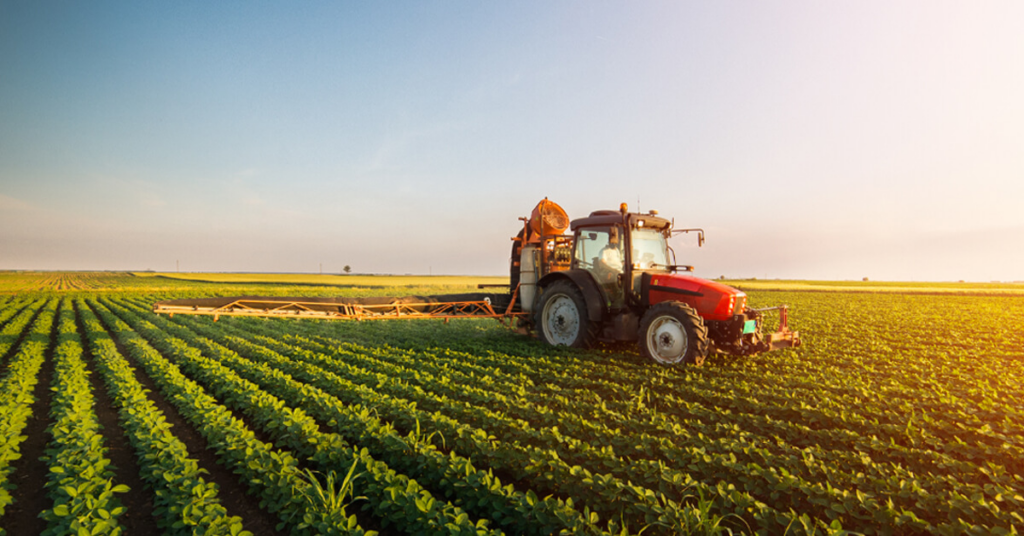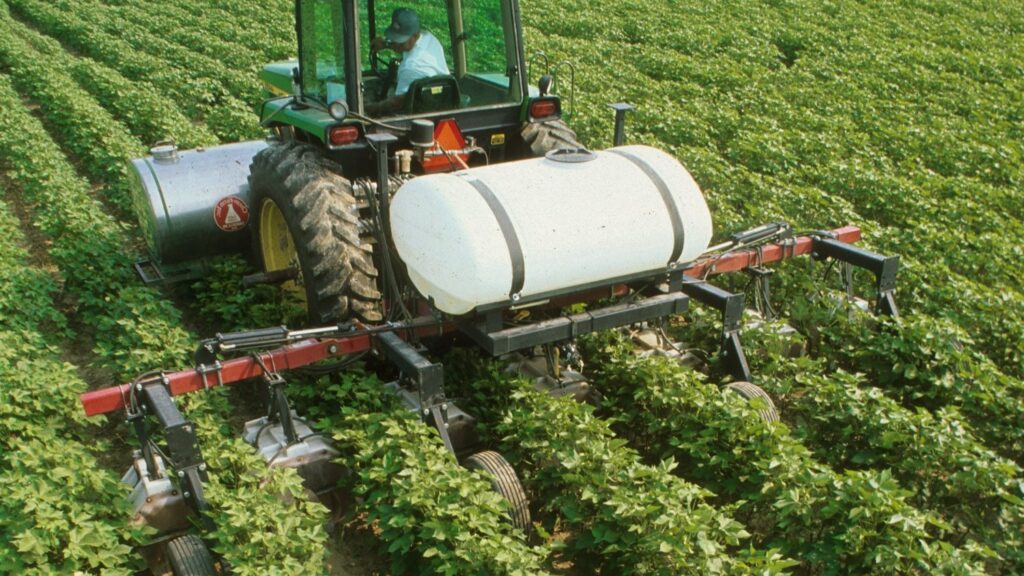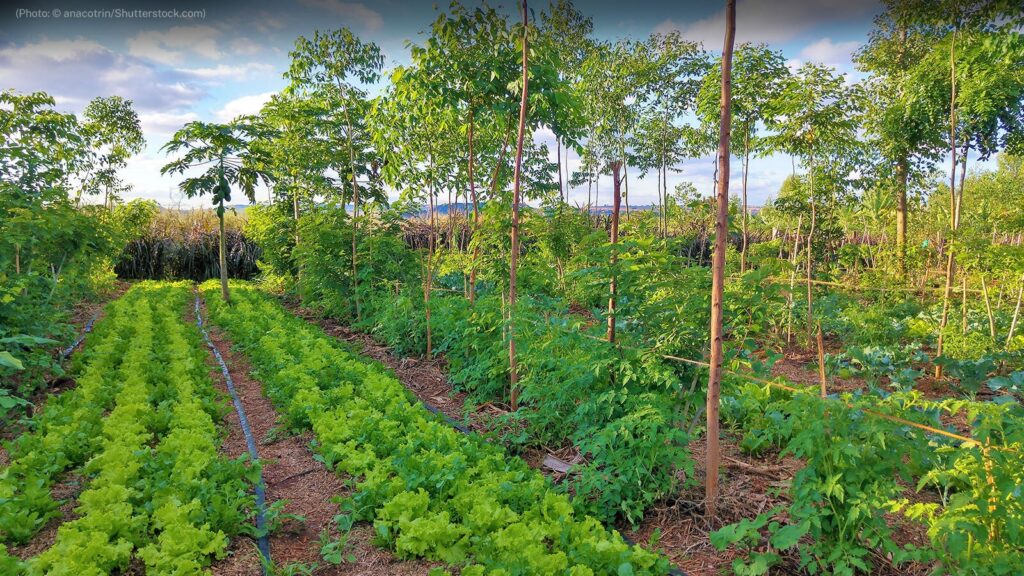In recent years, farming has undergone a remarkable transformation, thanks to the integration of cutting-edge technology. From automated machinery to precision farming, the agricultural sector is now embracing digital innovations at an unprecedented pace. This article delves into the fascinating realm of farming in the digital age, shedding light on how technology is revolutionizing the way we produce food.
Introduction: The Digital Revolution in Agriculture
Agriculture, often seen as a traditional industry, has embarked on an exciting journey into the digital era. This transformation is driven by a compelling need to increase efficiency, reduce resource consumption, and meet the growing demand for food in a sustainable manner. The integration of technology into farming practices has given birth to what we now call “digital agriculture” or “smart farming.”

The Rise of Smart Farming
Harnessing the Internet of Things (IoT)
One of the cornerstones of modern agriculture is the Internet of Things (IoT). IoT devices such as sensors and actuators are deployed across farmlands to collect real-time data on soil conditions, weather patterns, and crop health. This data is then analyzed to make informed decisions about irrigation, fertilization, and pest control, resulting in higher crop yields and reduced waste.
Precision Agriculture: Farming with Data
Precision agriculture takes data-driven farming to the next level. Farmers use GPS technology and advanced software to create digital maps of their fields, enabling them to tailor their farming practices to the specific needs of each area. This not only optimizes resource utilization but also minimizes environmental impact.
Drones and Their Impact on Agriculture
Unmanned aerial vehicles, or drones, have become indispensable tools in agriculture. Equipped with cameras and sensors, drones can monitor large expanses of farmland with precision. They are used for tasks such as crop scouting, disease detection, and even the precise application of pesticides and fertilizers. Drones provide farmers with a bird’s-eye view of their fields, helping them make timely decisions to protect their crops.
Artificial Intelligence: A Farming Ally
Crop Monitoring and Management
Artificial intelligence (AI) plays a vital role in modern agriculture. AI algorithms analyze data from various sources, including satellite imagery and sensors, to monitor crop growth and health. Farmers receive valuable insights into when to irrigate, when to harvest, and how to optimize their yields.
Pest and Disease Detection
AI-driven systems can identify signs of pest infestations and diseases in crops. Early detection allows for targeted interventions, reducing the need for broad-spectrum pesticides and minimizing harm to beneficial organisms.
Blockchain in Agriculture: Ensuring Transparency
Blockchain technology is being employed to enhance transparency in the agricultural supply chain. With blockchain, consumers can trace the journey of their food from the farm to the table, ensuring authenticity and ethical production practices.
Vertical Farming: Agriculture Goes Skyward
Vertical farming is a futuristic concept that involves growing crops in stacked layers, often indoors. This method utilizes controlled environments, LED lighting, and hydroponics to maximize yield while minimizing space and resource usage. Vertical farms are not limited by season or climate, offering a year-round supply of fresh produce.
The Role of Big Data in Crop Yield Optimization
Predictive Analytics for Weather and Crop Conditions
Big data analytics enable farmers to make predictions about weather patterns and crop conditions. This foresight allows them to adapt their farming strategies in response to changing circumstances.
Market Trends and Price Forecasting
By analyzing market data, farmers can make informed decisions about what crops to grow and when to sell. This knowledge helps stabilize prices and ensures a consistent food supply.
Sustainable Agriculture and Environmental Conservation
In the pursuit of sustainable agriculture, technology plays a pivotal role.
Reducing Water and Chemical Usage
Advanced irrigation systems and sensors ensure that water is used efficiently, reducing waste and preserving this precious resource. Furthermore, technology aids in the precise application of chemicals, minimizing environmental harm.
Soil Health Management
Digital tools help farmers assess soil health, enabling them to implement soil conservation practices that improve fertility and reduce erosion.
Challenges and Concerns in the Digital Farming Era
While the benefits of digital farming are undeniable, challenges persist.
Data Security and Privacy Issues
The vast amount of data generated by digital farming practices raises concerns about data security and privacy. Safeguarding sensitive information is paramount.
Access to Technology in Rural Areas
Not all farmers have access to the latest technology, particularly in remote rural areas. Bridging this digital divide is essential to ensure that all farmers can benefit from digital agriculture.
Government Initiatives and Support for Digital Farming
Governments around the world are recognizing the potential of digital agriculture and are providing support through funding and incentives. These initiatives aim to accelerate the adoption of technology in farming.
The Future of Agriculture: What Lies Ahead?
Robotics and Automation
Robots are poised to revolutionize agriculture further. They can perform tasks like planting, harvesting, and weeding with precision and efficiency.
Genetically Modified Crops
Genetic engineering continues to advance, leading to the development of crops with enhanced resistance to pests and diseases, as well as improved nutritional profiles.
Conclusion: The Promising Future of Agriculture in the Digital Age
As we navigate the complexities of the 21st century, the marriage of farming and technology offers hope for a more sustainable and productive future. Embracing digital agriculture is not just an option; it is a necessity as we strive to feed a growing global population while safeguarding our planet’s resources.



